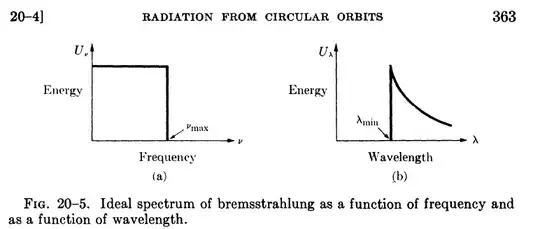You are looking at two different things assuming they should be the same.
In classical electrodynamics the Poynting vector is defined as $\mathbf{S} = \mathbf{E}\times \mathbf{H}$ and enters the variation of energy density as
$$
\frac{\partial u}{\partial t} = -\textrm{div}\,\mathbf{S} - \mathbf{j}\cdot\mathbf{E};
$$
according to the functional form of $\mathbf{E}$ and $\mathbf{H}$ you will have different values. Usually fields can be expressed in Fourier transform and each single component will contribute with a factor proportional to a trigonometric function (with amplitudes in front); eventually, you still have to integrate over all contributions to get the actual value. Furthermore, the Poynting vector is still not the energy of the electromagnetic field, rather, as seen above, it just enters the equation for the energy flux variation.
In quantum field theory whenever you have integer spin field (and the electromagnetic field is so, the photon as its carrier having spin $1$) the Hamiltonian can be expressed as:
$$
H = H_0 + \int \textrm{d}k\,\hbar \omega\,(a^{\dagger}(k)a(k))
$$
the latter contribution being interpreted as each oscillator adding $\hbar \omega$ pieces of energy.
Addendum: even if they were the same thing, yes, of course predictions from quantum theory are different from classical field theory: that is exactly why one introduces quantum mechanics. If they had the same values there would be no need to pass to the quantum description. Quantum field theory only reduces to classical field theory in the limit $\hbar\to 0$.
